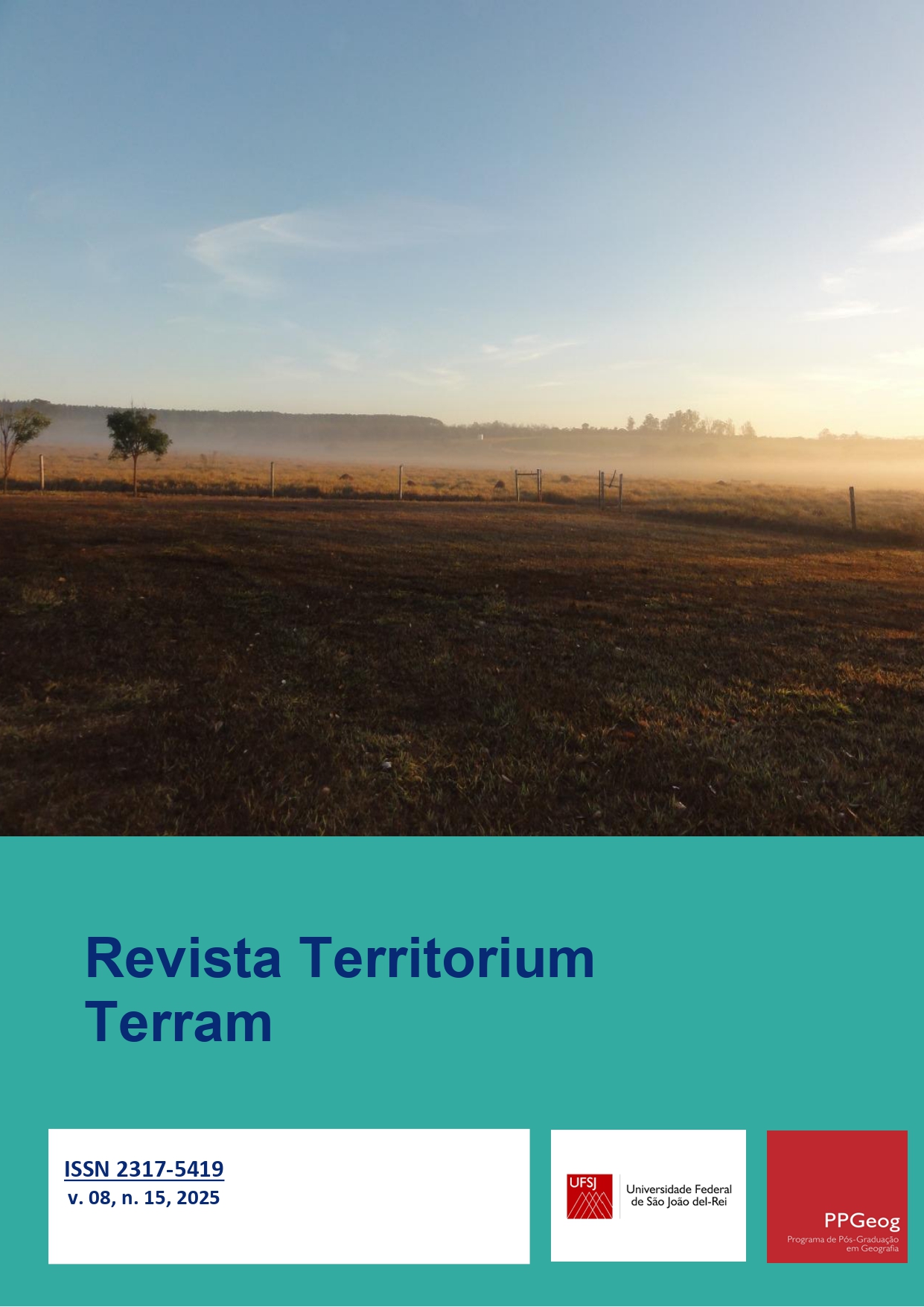WHY PRESERVE A BRAZILIAN STATE PARK?
IDEOLOGICAL PLURALISM AND BIODIVERSITY CONSERVATION
Resumo
This study aims to present data that corroborate the arguments used in defense of the Serra da Tiririca State Park (PESET). Created in 1991, the park defines the natural boundary between the municipalities of Niterói and Maricá, in the state of Rio de Janeiro, and is considered a foundation for management efforts focused on social inclusion. Data collection was conducted through semi-structured interviews. The documentary corpus was subjected to content analysis, totaling 367 collected arguments from various stakeholders about their perceptions of the protected area. In the evaluation, the “History and society” category received the highest percentage of references, at 34.9%, demonstrating the wide diversity of arguments supporting the park. The PESET’s institutionalization process is marked by challenges such as the lack of definition of boundaries and historical ownership conflicts. These factors highlight the socio-environmental nature of the Park knowledge of which is essential to inform management decisions. From a broader perspective, understanding these perceptions is crucial to integrating protected areas to the realities of local communities, preventing them from being seen as alien entities. In this context, ecological and socio-environmental studies achieve equal relevance. PESET, in addition to its ecological value, has immense local value as recreational space, immersed in the region’s deep political and geographical history. However, despite its ecological relevance, popular perception of its potential remains limited. Thus, environmental education emerges as a fundamental basis for the biological conservation of the park, conservation, strengthening its potential for social inclusion.
Downloads
Downloads
Publicado
Como Citar
Edição
Seção
Licença
1. Os autores concedem à Revista Eletrônica de Geografia TERRITRIUM TERRAM (RTT), o direito da primeira publicação, como trabalho simultaneamente licenciado sob a CREATIVE COMMONS ATTRIBUTION LICENCE, que permite o compartilhamento do trabalho com o reconhecimento de autoria do trabalho e publicação inicial na revista.
2. Os autores têm autorização para assumir contratos adicionais separados para distribuição não exclusiva da versão do trabalho publicado nesta revista (capítulo de livro, repositório institucional) com reconhecimento de autoria e publicação inicial desta revista.
3. Os autores são responsáveis pelo conteúdo que consta no manuscrito publicado na revista.


